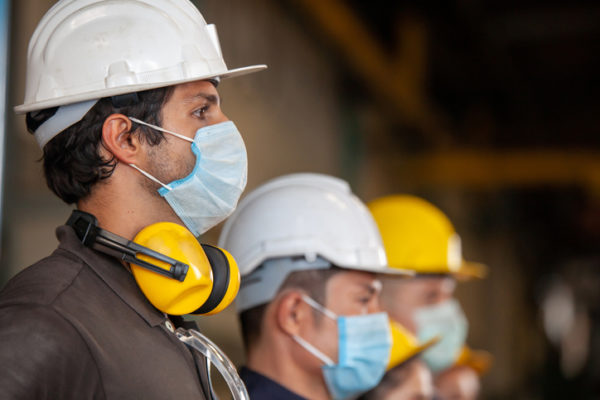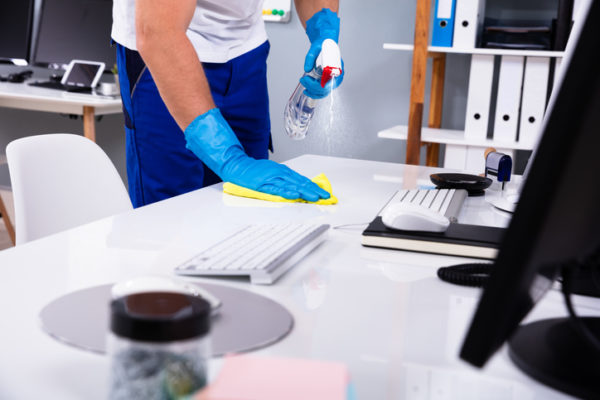Response to the spread of the Coronavirus responsible for COVID-19 is evolving quickly, and both private and government agencies are working hard to create and distribute guidance for staying healthy and safe.
Because the situation is unprecedented, the Occupational Safety and Health Administration (OSHA) does not yet have comprehensive legal requirements for employers. However, all employers are bound by the general rule to provide a safe and healthful environment for employees.
To aid in that, OSHA issued new guidance this week via a 35-page document that you can download here.
Key recommendations in the guidelines include developing an infectious disease preparedness plan, implementing controls and best work practices, when and how to use personal protective equipment (PPE), and guidance on international travel.
1. Develop an infectious disease preparedness plan
Every organization is encouraged to review their health and safety plans, and to develop new and updated infectious disease preparedness plans in light of COVID-19 developments. These plans should consider:
- Where, how and how much employees may become exposed to Coronavirus, including work environments and non-occupational factors
- Individual risk factors among the workers such as compromised immune systems, pregnancy, and other health conditions that may put them at greater risk from Coronavirus
- Appropriate controls to address these exposures and risks
2. Implement controls and best work practices
Every employer should be reviewing its basic health and safety guidelines for workers and updating them with new recommendations. These include rules regarding hygiene, travel, self-quarantine, and working from home, as we discussed in this earlier article.
OSHA is also recommending that you implement engineering controls, administrative controls, and worker best practices to address the immediate Coronavirus concern, as appropriate for your work environment.
Engineering controls remove hazardous conditions from workers, or protect workers by placing a barrier between workers and the hazard. Engineering controls may include:
- Upgrading or maintaining ventilation systems
- Installing sneeze guards and other physical barriers to viral contaminants
- Installing and utilizing drive-through windows where possible
- Providing more space between workstations
Administrative controls are safe work practices or procedures designed to reduce exposure to a hazard. Administrative controls may include:
- Requiring workers to stay home when sick
- Increasing the number of employees who work remotely
- Implementing strict hygiene practices
- Providing disinfectant, disposable towels, and other supplies effective in reducing Coronavirus spread
Best work practices may include:
- Encouraging the use of disinfectant on workstations throughout the day
- Strict sanitation guidelines
- Posting hand-washing signs and guidelines in bathrooms and at workstations
When and how to use personal protective equipment (PPE)
Personal protective equipment (PPE) guidelines should be updated and amended to account for potential worker exposure to viral contaminants such as Coronavirus. New PPE guidelines, equipment, and training should be implemented with consideration for:
- The likely hazard exposure of workers
- Risk factors
As always, PPE should be the correct type for the expected exposure, properly fitted, well maintained, and employees should be trained in its use.
International travel
Employers are being asked to reduce worker travel as much as possible. The new OSHA guidelines specifically address the issue of international travel, and outline some of the unique risks involved:
- The Department of State (DOS) has declared that they cannot guarantee that US citizens on foreign territory will be able to access US assistance in the event of a medical emergency, need for evacuation, or other emergency.
- The DOS also warns that they may not be able to assist American citizens in the event that a foreign country institutes rules regarding quarantine or other measures, and that Americans may become trapped and subject to rules and events within that foreign country.
In most cases, it is advised that international travel be stopped or reduced where possible, and undertaken with extreme caution, if necessary.
Please download the full report here to ensure you are up to date on the latest recommendations and guidelines.
We are here to assist you in these times of uncertainty by providing common sense and documented advice. Please contact us.






